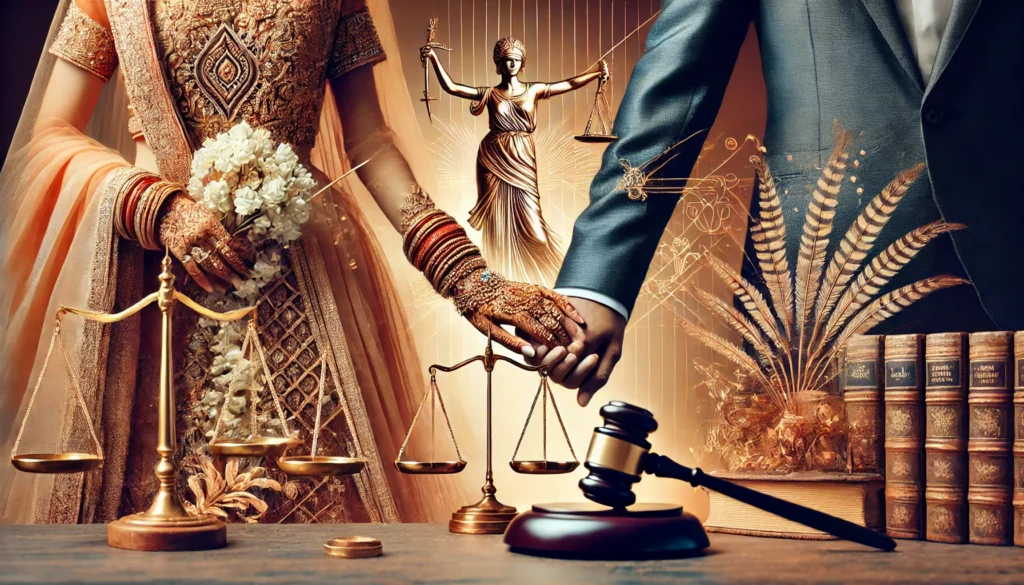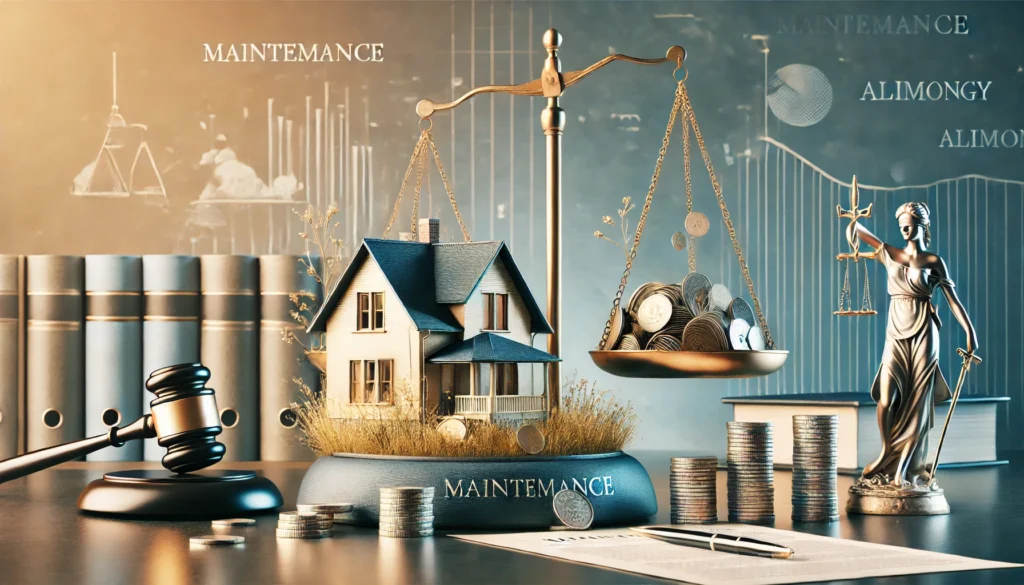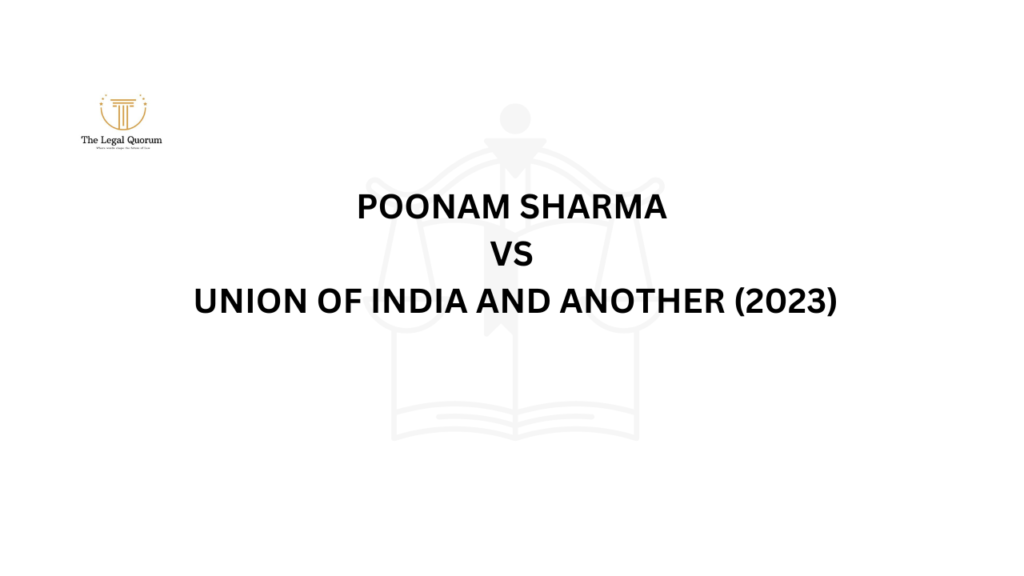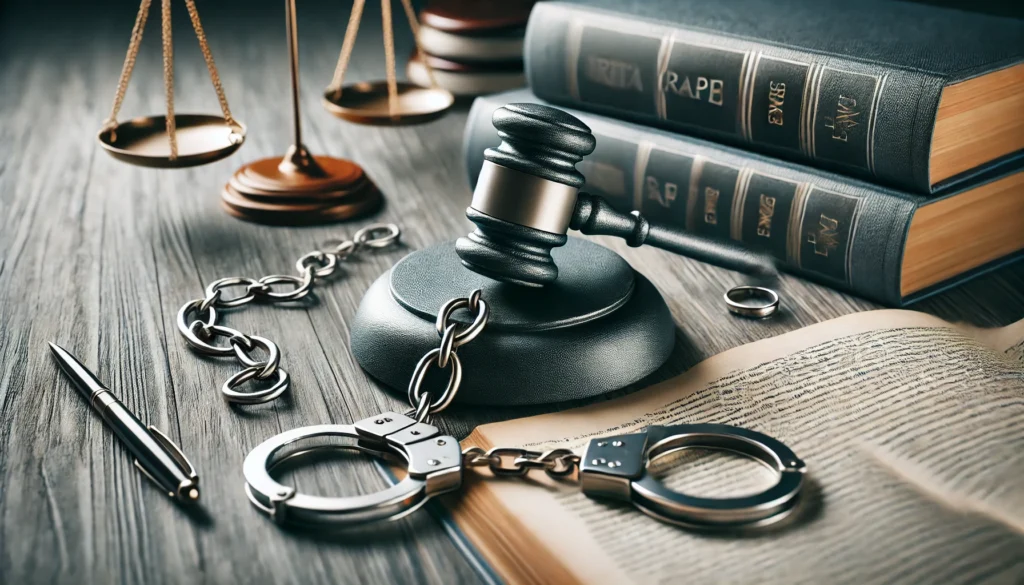Published On: 22nd January, 2024
Introduction
According to a report released by the National Institute of Public Cooperation and Child Development (NIPCCD) in 2016, there are approximately 1.5 million children living in India, out of which 4,48,000 (Four Lakh Forty-Eight Thousand) are under the age of 18 and 1,50,000 (One lakh fifty thousand) are under the age of 5. Children are the future of our society, their well-being and protection are of paramount importance. In India, a comprehensive legal framework exists to safeguard the rights and interests of children. These laws are rooted in the Constitution of India and international conventions, such as the United Nations Convention on the Rights of the Child (UNCRC). The primary objective of these laws and conventions is to ensure that every child in a country has access to a safe and nurturing environment, quality education, healthcare, rights, and protection from various forms of exploitation, abuse, immoral activities, sexual offences, and discrimination. The laws in India, along with various government programs and initiatives, seek to create an environment where every child can grow up with their basic rights protected and their full potential realized.
A Panoramic Exploration of Children’s Experiences Worldwide
- Children were viewed as “small adults” throughout the medieval ages but in the middle of the 19th Century, the idea popped out in France to grant several protections for children which enabled the progressive development of “minor rights”. Talking about the 1841 laws were started to protect children in their workplace and by 1881, French laws included the right for the children to be educated. The first laws that specifically aimed to protect the rights and welfare of children can be traced back to ancient civilizations. The “Infant Life Protection Act” of 1872 in the United Kingdom is one of the earliest known complete pieces of child protection law in the modern period. By regulating and ensuring the safety of “baby farming” practices, where infants were frequently neglected or treated poorly when entrusted in the care of others for money, this act aimed to preserve the lives of babies and young children.
- Beginning in the early 20th century, laws establishing children’s protection, including protection in the social, educational, occupational, and legal spheres, started to be implemented. This type of protection was first started in France and later it spread across Europe afterward throughout many countries. The League of Nations, which would eventually become the UN, was established in 1920 as part of the post-First World War international society. Among its numerous objectives, the League had as one of its main focuses the duty of adults to safeguard children. The Geneva Declaration of the Rights of the Child, the first international treaty to explicitly state children’s rights, protection, name and nationality, social security, education, and protection from exploitation, was adopted by The League of Nations in 1924 and recognized in the Universal Declaration of Human Rights. The UN General Assembly later overwhelmingly approved the Children’s Rights on November 20, 1989. Furthermore, regulations pertaining to child safety can differ significantly between nations and regions, and they are always being revised and improved in response to shifting social requirements and ideals.
A Historical Tapestry of Children in India
- In the Middle Ages of Indian Society, children’s importance was determined primarily by their social class, hierarchy, caste, conventions, gender, and other factors. As a result, communities were disintegrating, and child labor—known as “employed child” after independence—rose dramatically. Children who are not even mature and who have not reached puberty have been forced to work in industries, the agricultural sector, Dhaba, etc., which violates their rights and prevents them from finishing their education.
- Later, UNICEF started working with the Indian government to address the needs of children and mothers in the nation immediately after its founding in 1946, in 1949. The early aim of UNICEF’s work in India was to offer emergency aid to areas devastated by calamities, medical emergencies, and post-World War II effects. In 1954 UNICEF signed an agreement with the Government in India to fund the Aarey and Milk Processing plants. Following the UNCRC’s unanimous adoption by the General Assembly in 1989 and ratification by the Indian government on December 11, 1992, several laws safeguarding children’s rights and advocacy, inequality, psychology, welfare, health and nutrition, education, and other areas were passed.
Rights and Duties of Child Protected under the Constitution of India
- The legislature of India has the authority to make specific measures for women and children under Article 15 (3).
- Following the addition of Article 21A to the Indian Constitution’s 86th Amendment in the year 2002, all children between the ages of six and fourteen must get free and compulsory education from each state. This states that Part III of the Constitution protects education as a Fundamental Right.
- According to Article 24, no kid under the age of fourteen may be hired to work in a factory, mine, or in any other dangerous occupation.
- The Indian Constitution’s Directive Principles of State Policy (DPSP) and Fundamental Duties set down a framework of rules and principles that the government must adhere to while enacting laws and policies. In accordance with Articles 39(e), 39(f), 45, 47, and 51A, which protect children from exploitation and abuse as well as guarantee their right to a free education and adequate nourishment, it is every citizen’s basic responsibility to defend the welfare of children.
Legislative Approach and Frameworks during the Colonisation Period
Before India gained independence from British colonial rule in 1947, there was little child protection legislation and no comprehensive legislative framework devoted solely to the issue. These early legislative measures were also of limited scope and frequently concentrated on issues like child labor and child marriage such as: –
- The Apprentice Act of 1850, mandated that juvenile offenders between the ages of 10 and 18 get vocational training as a component of their rehabilitation.
- The Age of Consent Act, of 1891, also known as Act X of 1891, was a law passed in British India on March 19, 1891, that increased the minimum age of consent for sexual activity for all females, whether they were married or not, from ten to twelve years old in all districts. It was repealed in 1950.
- The Child Marriage Restraint Act, of 1929 was passed with the intention of ending child marriage. To stop child marriage, it raised the minimum age for girls to marry to 14 and for boys to 18. It was later altered in 1972 and superseded by the Prohibition of Child Marriage Act, 1960.
- The desire to protect the kids from following many global wars and the American Revolution, several treaties and agreements were established in the middle of the 20th century to protect and elevate them in society. Several laws and actions were passed for the protection of their rights, exploitation, education, etc. in accordance with what Article 253 of the Indian Constitution stipulates when India became a Member of the UNCRC and was ratified by the Indian Government in the year 1992. Despite what is stated in the preceding sections of this Chapter, Parliament has the authority to enact any law necessary to implement any treaty, agreement, or convention with any other country or countries as well as any decisions reached at any international conference, association, or other body, in all or part of the Indian subcontinent.
Legislative Approach and Frameworks After Independence
- The Juvenile Justice (Care and Protection of Children) Act, 1986 (and subsequent amendments): The legal foundation for handling children who need care and protection and those who conflict with the law is provided by this legislation, which was first passed in 1986. India ratified the United Nations Convention on the Rights of the Child on December 11, 1992, and it was to this end that the Juvenile Justice Act came into being. The requirements for the care, protection, and rehabilitation of children have been revised and enhanced by subsequent revisions, such as the Juvenile Justice (Care and Protection of Children) Act, 2000, and the Juvenile Justice (Care and Protection of Children) Act, 2015.
- The Child Labour (Prohibition and Regulation) Act, 1986 (and subsequent amendments): This law, which was substantially changed in 2016 to protect children from working in dangerous occupations and to regulate their working conditions in accordance with those recommended by the International Labour Organisation (ILO), outright forbids the employment of anyone under the age of 14. The list of dangerous jobs has been enlarged, and the fines for infractions have been raised.
- The National Commission for Protection of Child Rights (NCPCR) Act, 2005: This legislation established the nationwide Commission for the Protection of Children’s Rights, which oversees the nationwide rollout of child protection regulations, plans, and initiatives.
- The Right to Education (RTE) Act, 2009: The Right to Education has been recognized in several international treaties, including covenants, conventions,(Pandey, 2021) charters, declarations, recommendations, etc. Treaties provide the strongest assurances since they impose a duty on the state, in contrast to suggestions, declarations, and other soft laws. According to Article 26 of the Universal Declaration of Human Rights (UDHR), everyone has the right to an education. No child shall be denied the opportunity to receive a high-quality, free education up to the age of 14 after the 86th Amendment to the Indian Constitution, which made education a component of fundamental rights, went into force on April 1, 2010.
- The Protection of Children from Sexual Offences (POCSO) Act, 2012: Following the Nirbhaya Gang Rape Case, there is a significant call for the enactment of specific legislation that addresses crimes against children and imposes severe punishments. Due to the work of several NGOs, activists, and the Ministry of Women and Child Development, this Act became effective on November 14, 2012. To preserve the dignity of young victims, it places a strong emphasis on using kid-friendly methods for gathering testimony and holding court proceedings. The Act includes gender-neutral measures for the punishment of both non-penetrative sexual assault and aggravated penetrative sexual assault.
- The Integrated Child Protection Scheme (ICPS): ICPS is a centrally sponsored scheme that focuses on strengthening the child protection system in India. It supports various child protection services, including child helplines, childcare institutions, and family-based care.
- The National Policy for Children, 2013: The commitment of the government to the protection, survival, growth, and involvement of children is outlined in this policy. It acts as a foundation for the creation of child-centered policies and initiatives.
Conclusion
Overall, the paper concludes that there is a growing recognition of the importance of child protection at the international level or at the national level. This is reflected in the development of several international conventions and treaties on child protection, such as the United Nations Convention on the Rights of the Child. However, India has made great progress towards creating an all-encompassing legal and regulatory framework for the safety and welfare of children. The United Nations Convention on the Rights of the Child (UNCRC) and other international treaties support the nation’s commitment to protecting children, which is enshrined in its Constitution. Over time, the legislative approach has changed to address different facets of children’s rights and protection. The paper also notes that there is still a significant gap between the international standards on child protection and the domestic laws and policies of many countries.
References
Children and the law. (n.d.). Retrieved from NSPCC Learning: https://learning.nspcc.org.uk/child-protection-system/children-the-law/
Children’s rights. (n.d.). Retrieved from Wikipedia: https://en.wikipedia.org/wiki/Children%27s_rights
Declaration of the Rights of the Child (1959). (n.d.). Retrieved from Childlineindia.org: https://www.childlineindia.org/pdf/Declaration%20of%20the%20Rights%20of%20the%20Child-1959.pdf
Funaro, R. (2015, October 15). Five Reasons Why Government Should Be Involved in Raising Kids. Retrieved from Ideas Matter: https://blogs.iadb.org/ideas-matter/en/five-reasons-why-government-should-be-involved-in-raising-kids/
Indian Kanoon. (n.d.). Retrieved from Indian Kanoon: https://indiankanoon.org/
Malviya, M. (2020, May 6). Legislative and Policy Measures for Child Protection. Retrieved from Probono India: https://probono-india.in/blog-detail.php?id=115
Menachery, D. J. (n.d.). Evolution of Child Rights in India. Retrieved from Social Work with Children & Child Protection: http://epgp.inflibnet.ac.in/epgpdata/uploads/epgp_content/social_work_education/social_work_with_children_and_child_protection/01._evolution_of_child_rights_in_india/et/6082_et_et.pdf
Ms.Shaili. (n.d.). Legal Frameworks For Protecting Children’s Rights And Well-Being. Retrieved from Legal Service India: https://www.legalserviceindia.com/legal/article-12121-legal-frameworks-for-protecting-children-s-rights-and-well-being.html
Pandey, J. N. (2021). Constitutional Law of India. Prayagraj: Central Law Agency.
Rana, P. (n.d.). EVOLUTION OF CHILD RIGHTS IN INDIA. Retrieved from International Journal of Education, Modern Management, Applied Science & Social Science: https://www.inspirajournals.com/uploads/Issues/1394505837.pdf
S.L., P. (2020, December 6). Legal framework for the protection of child rights. Retrieved from Iblog Pleader: https://blog.ipleaders.in/legal-framework-protection-child-rights/
Shetty, R. (2021, January 22). Child Protection Laws in India. Retrieved from ActionAid India: https://www.actionaidindia.org/child-protection-laws-in-india/
Singh, D. S. (2018, January 31st). International Journal of Development Research. Retrieved from Child labour in India: a historical perspective: https://www.journalijdr.com/child-labour-india-historical-perspective#:~:text=The%20employment%20of%20children%20in,on%20the%20employment%20of%20children.
The League of Nations. (n.d.). Retrieved from UN Geneva: https://www.ungeneva.org/en/about/league-of-nations/overview#:~:text=borders%20in%20Europe.-,Membership,70%25%20of%20the%20world’s%20population.
United Nations Children Fund. (2019, November 19). Retrieved from UNICEF for Every Child: https://www.unicef.org/india/press-releases/india-celebrates-commitment-child-rights-national-summit-every-child-india




